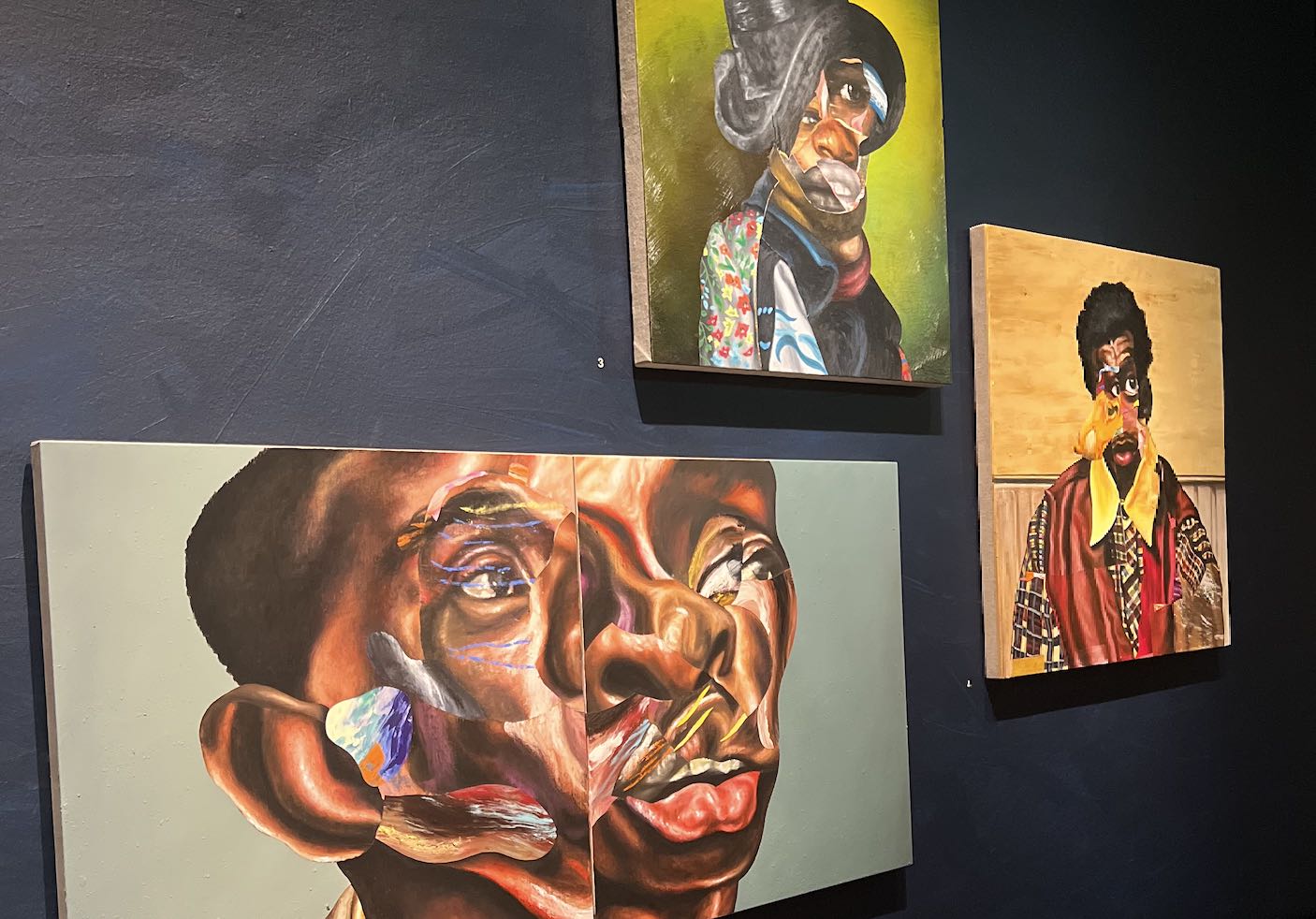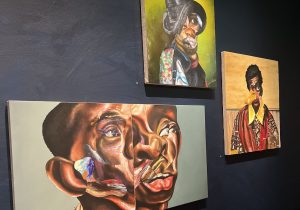Envision a collection of images quickly flashing before your eyes that is emotionally riveting, tear-inducing, action-inciting, and most of all, thought-provoking.
Enter the world of human rights cinema.
The New York Human Rights Watch International Film Festival in 1988 was the first human rights film festival in the world. The Human Rights Watch Film Festival showcases fictional, documentary, and animated films or videos with a human rights theme. This was the first time a film festival was used for a specific purpose. The festival served as a safe ground and frontier for public discourse surrounding human rights issues, one that had never existed before in such a manner.

This festival began to shape a new language and ways of engaging with cinema where global citizens from around the world could participate in without fear of persecution. New York, USA was the perfect location for such a festival. The city is home to the United Nations headquarters, the most significant human rights institution. Today, human rights film festivals take place in countries and cities around the world including the United States, Canada, London, Korea, Australia, Argentina, Germany, Sierra Leone and Amsterdam just to name a few.

Although there had undoubtedly been many human rights films released before the first film festival in 1988, the festival launched a new era of cinema. Through the years, the festival has evolved, including more filmmakers from around the world, and encouraging more people to participate in the festivities. According to Susan Norget of the Human Rights Watch Press Room, this year’s festival- which I will discuss more in Part III of this series- will include “a participatory Q&A discussion after each of the films.”
The infamous film festival launched an era of films focused on human rights topics, and encouraging others to take action against injustice around the world. In my next article, Human Rights Cinema Part 2: Human Rights Watch Film Festival 2015, I will be highlighting some of this year’s feature films that will be shown around the world starting in June.

















